9 Ways You Can Be a More Mindful Shopper

I don't know about you, but my online shopping can be kind of excessive at times. I'm not just talking about clothes, shoes, beauty products, and the like. I've gotten used to the convenience of ordering household items to my front door instead of driving to the store.
With climate change and sustainability at the forefront of many people's minds and the need for everyone to take action, I do wonder if I'm not quite doing my part to care for our environment when it comes to my shopping habits, both online and in person. I know I'm not the only one who is thinking this. All the shopping bags, packaging materials, and delivery trucks lead to a bigger carbon footprint than I intended to leave.
In the theme of helping one another by caring for the environment and in an effort to be a smarter, more sustainably focused shopper, I tapped experts for their tips on how to be more mindful when it comes to shopping. Here's what they had to say:
1. Bring Your Own…
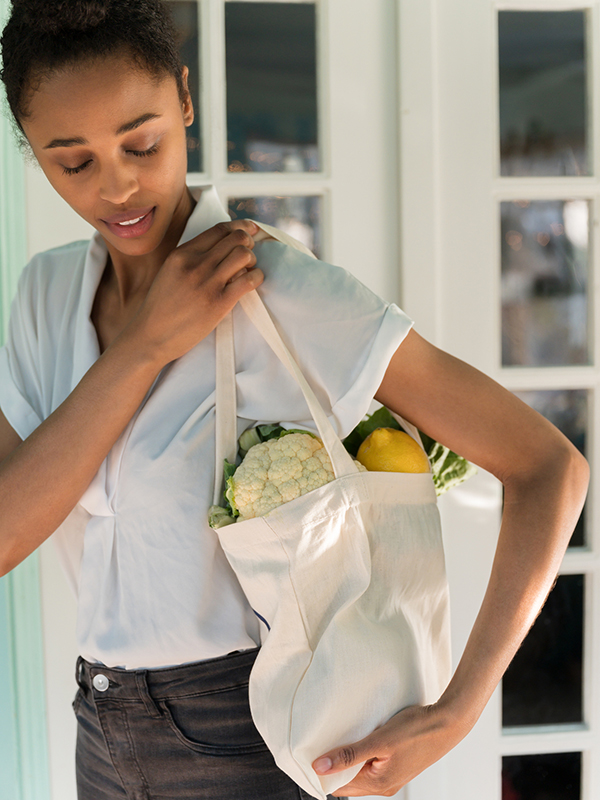
You can start small by making swaps and bringing your own stuff when you're shopping. "As a shopper, you have the power to be sustainable simply in your own approach, and this goes beyond just grocery shopping!" says Olivia Dahan, co-founder of the eco-friendly lifestyle company Bold Box. "Bring your own bag, and if you're purchasing a beauty product, be mindful that you don't need it wrapped in tissue paper just to take the product home."
Ashlee Piper, a sustainability expert and the author of Give a Sh*t: Do Good. Live Better. Save the Planet., adds that you can also bring food bags for produce and glass bottles and jars for bulk items at grocery stores that let you bring your own, like Whole Foods.
2. Shop in Person
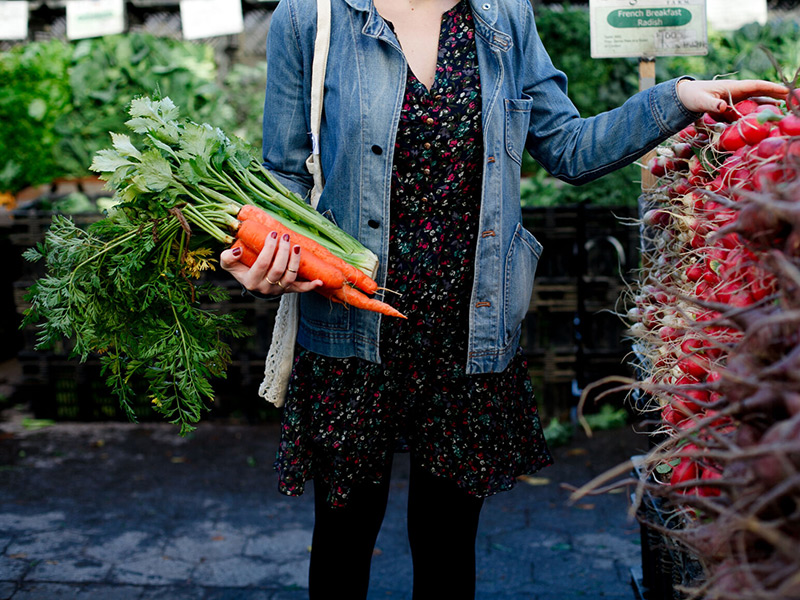
"Brick-and-mortar stores can actually be more sustainable sometimes than buying online because you can more easily buy locally and, in some cases, reduce your need for packaging (whereas ordering online is full of that)," says Piper.
This is something I'm going to try to work on. Obviously, right now it's best to stay at home, but when we get the clear to leave our homes, I'm going to be more mindful of doing this instead of relying on delivery.
3. Think About the Packaging
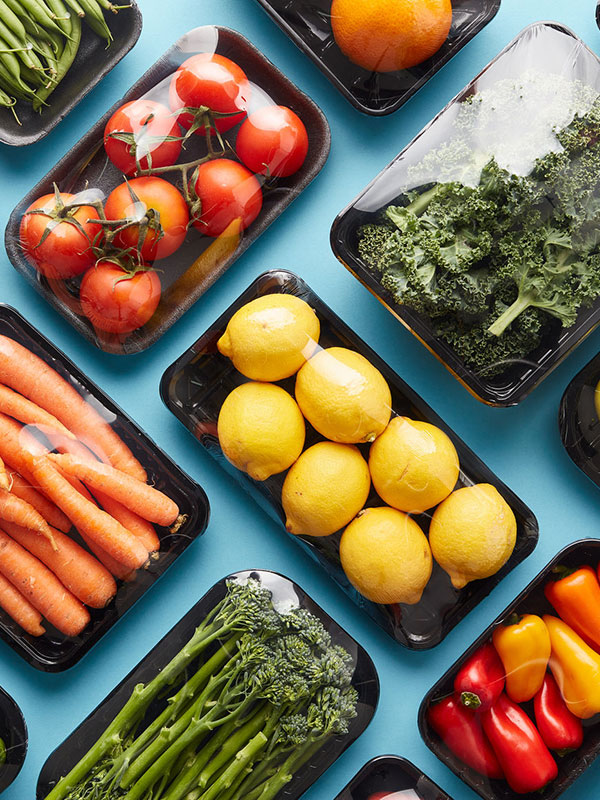
"Try to buy products that are sustainably packaged or can easily be recycled," says Kira Cahill, the other co-founder of Bold Box. She also adds that you should try to avoid buying food that's in plastic bags or packaging (like pasta in a paper box versus in a plastic bag).
4. Ask for an Electronic Receipt

If a store offers emailed receipts, Piper suggests asking for this option. I used to feel overwhelmed by the very long receipts I would get at CVS, but then I found out you can sign up to get them emailed to you. If you have the CVS app, go to the Account section, and then click on Digital Receipt Preferences, where you can opt to get email receipts. It's really a game changer.
5. Take Stock of What You Have

It helps to regularly inspect your closet. "I first and always recommend working with what you have," Piper says. "Take stock of your wardrobe, mend what needs to be mended, and make note of the items you actually need."
6. Buy Secondhand
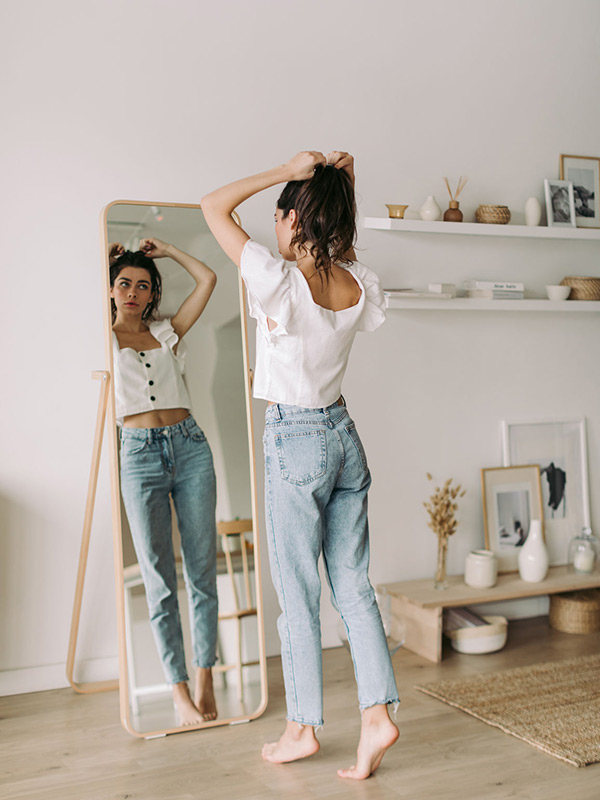
You can find some great and unique clothing and furniture items when you buy secondhand. "Think secondhand first," Piper recommends. "It's always the most sustainable option. So from thrift and consignment stores to Poshmark and ThredUp to clothing swaps with your friends, use secondhand as your first port of call when looking to supplement items in your closet."
7. Choose Fabrics Carefully

Some fabrics are more sustainable than others. "We love bamboo, and if you're going to buy cotton, make sure it's organic," Cahill says. "Please avoid polyester and spandex. These fabrics, when washed, release microplastics that are then flushed into the ocean and waterways."
Piper suggests opting for organic, biodegradable materials like untreated, pesticide-free cotton, linen, hemp, bamboo, and raffia. "If you must go synthetic, options like rayon, viscose, modal, and lyocell/Tencel are gentler options," she adds. "You can't beat utilizing materials already in existence, so [look for] garments boasting words like repurposed, recycled, refashioned, reclaimed, upcycled, etc. Opt for items made with vegetable or azo-free dyes and adhesives."
8. Check Home-Goods Materials, Too

Dahan suggests purchasing home goods (especially kitchen tools) made of bamboo, stainless steel, or reusable silicone instead of single-use plastics. Piper also adds glass, organic cotton, linen upholstery, recycled plastics, and reclaimed materials to the sustainable-materials list.
9. Do Your Research

It's important to stay informed and continue to educate yourself. Cahill, Dahan, and Piper all recommend looking to social media, eco-bloggers, and influencers, in particular, for ideas.
When looking at brands, Cahill suggests checking the company's website or the label of the product itself for green certifications. "In particular, look for Energy Star (for energy efficiency), USDA Organic Seal (for organic products), Forest Stewardship Council (for products made from trees in responsibly managed forests), and Green Seal (for general sustainability)," she says. "You have to look out for greenwashing. Greenwashing can make a company appear to be more environmentally friendly than it really is."
Piper says other certifications to look for are Greengard (for minimizing toxic materials in furnishings), Business and Institutional Furniture Manufacturers Association (BIFMA) (for ensuring manufacturing processes positively impact the environment and human health), and Global Organic Textile/Latex Standards (GOTS and GOLS) (the gold standard of soft materials, which certifies an item is made of at least 95% organic materials).
Sustainable Brands Recommended by Experts
Want to explore eco-friendly brands? Take a look at the ones Cahill, Dahan, and Piper suggested below:
Seventh Generation
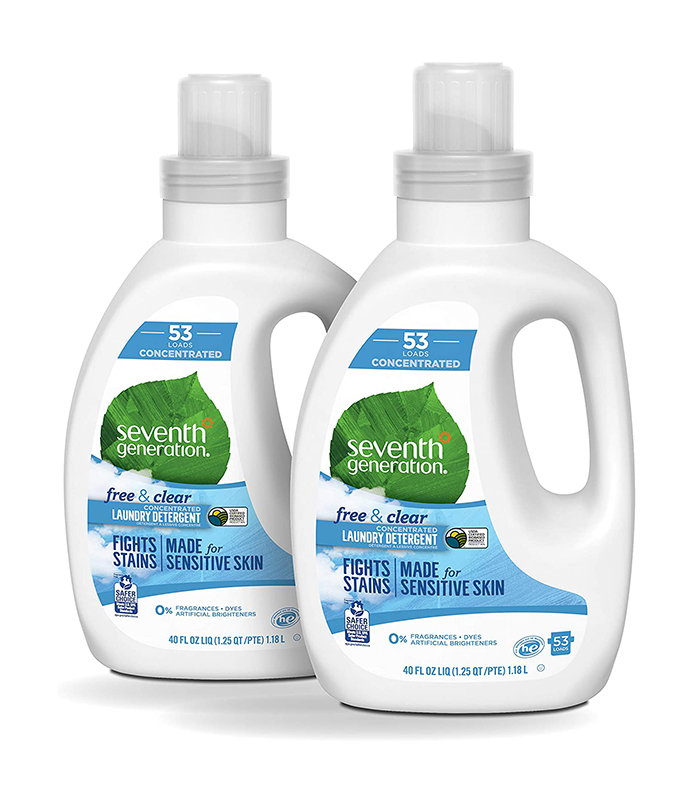
Cahill and Dahan suggest this brand of green cleaning products, which is stocked in many stores like Target, Walmart, and yes, Amazon. The company makes everything from detergent to household cleaners to period-care products.
Dropps
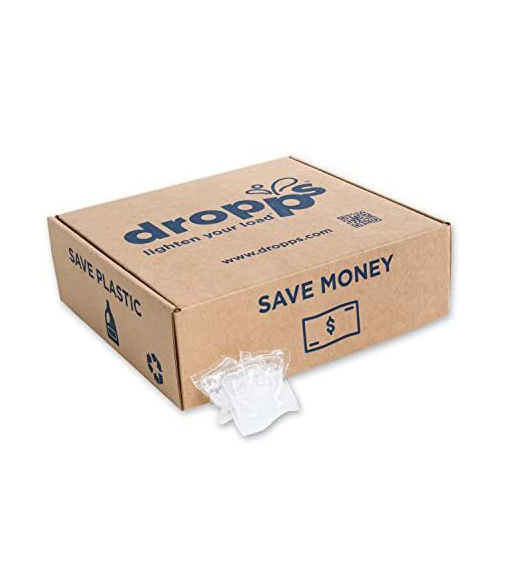
Another home-product rec from Cahill and Dahan, Dropps is a brand of biodegradable laundry-detergent and dishwasher-detergent pods made of plant-based ingredients and natural essential oils. And even better, they come shipped in a 100% recyclable, repulpable, and compostable cardboard box.
No Tox Life
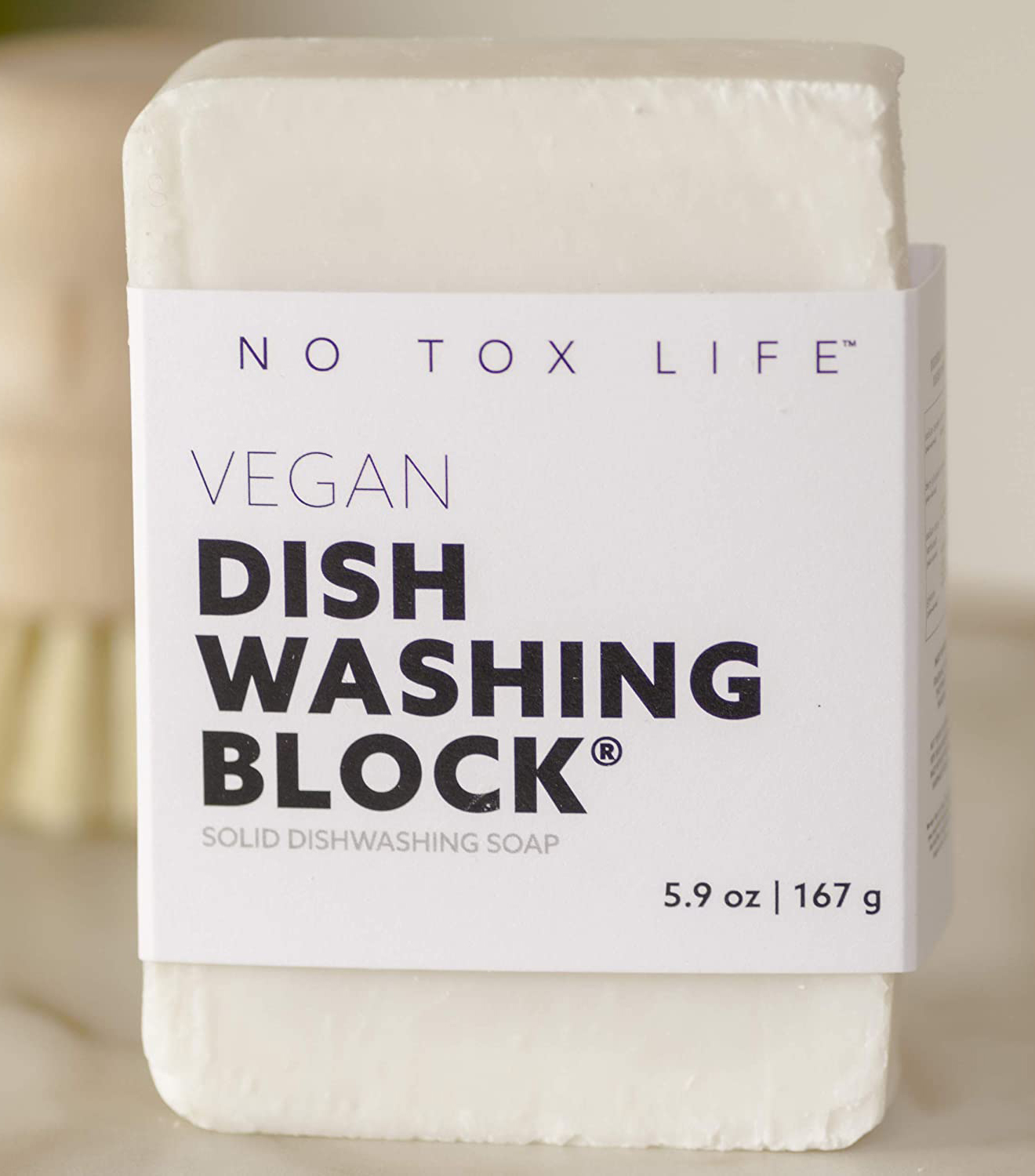
Los Angeles-based No Tox Life (owned by a mother-daughter duo) is another pick from Cahill and Dahan. The company's mission is to provide natural, toxin-free vegan body care, with handmade products featuring high-quality ingredients.
Reformation

Piper recommends the popular fashion line, Reformation, which sources sustainable fabrics according to its fiber standards—it takes into consideration things like water input, energy input, greenhouse-gas emissions, availability, price, and garment-care implications.
Girlfriend Collective

Girlfriend Collective is one of our favorite activewear brands at THE/THIRTY, so we were excited when Piper put it on her list, too. Its leggings are made of recycled post-consumer water bottles, and the company's factory in Vietnam provides its workers with safe conditions, fair working hours, and liveable wages.
Miakoda
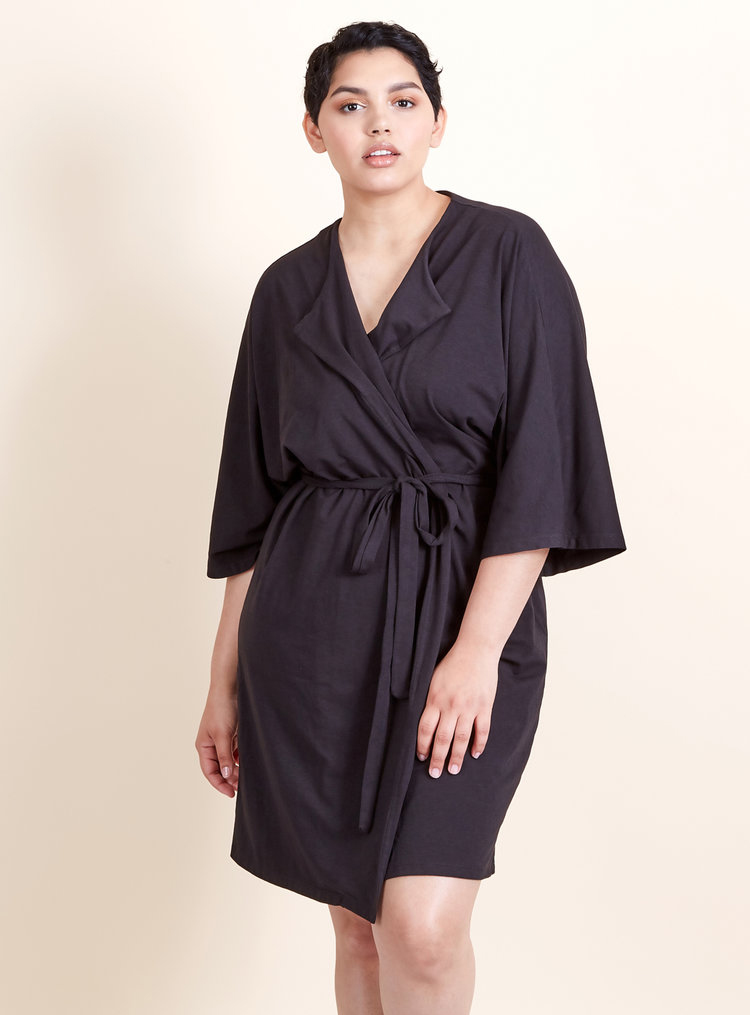
Piper also listed Miakoda, an eco-friendly, sustainable, and ethical-production clothing brand. The company uses plant-based materials and minimal spandex and stays away from animal fibers and synthetic materials.
Organic Basics

Danish brand Organic Basics—another pick from Piper—chooses sustainable fabrics and partners with factories that are mindful of their environmental footprint and provide good conditions for workers.
Sotela

Another fashion rec from Piper, Los Angeles-based Sotela is a size-inclusive brand that uses eco-friendly fabrics (Tencel, modal, linen) and recycled paper for packaging. Plus, each piece is handmade in the brand's California headquarters.
Pact
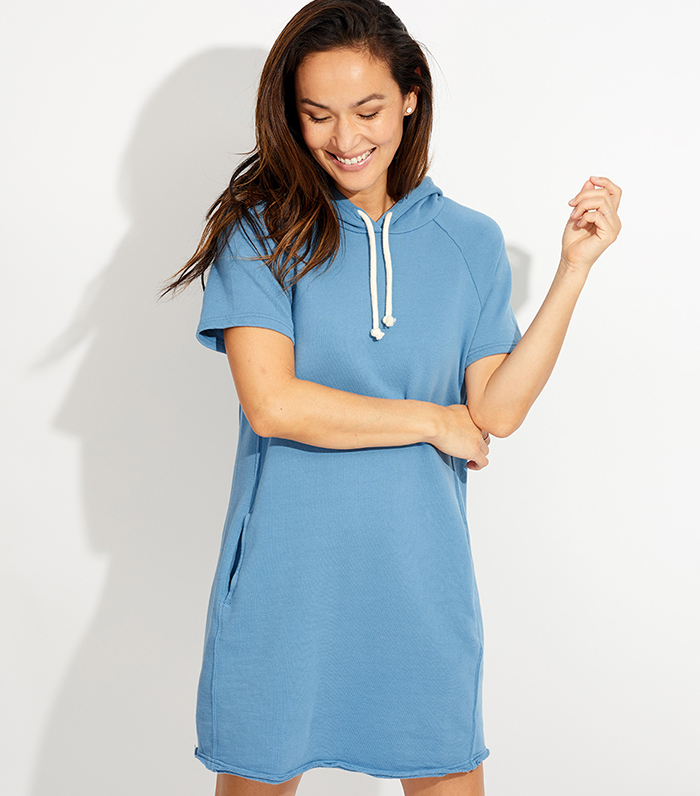
Pact (a Piper pick) is a comfy clothing brand that is Organic Cotton GOTS–certified and Fair Trade USA Factory–certified.
Package Free
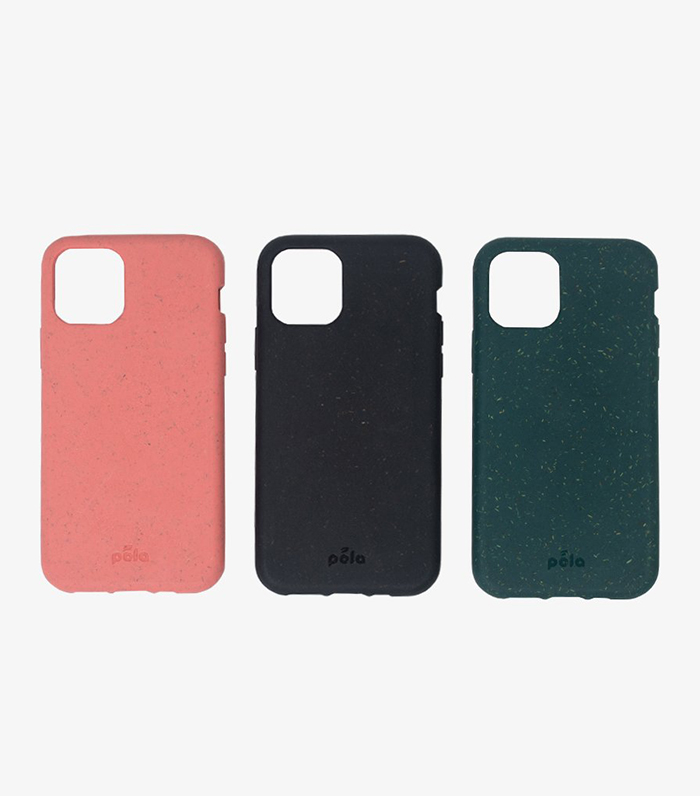
Piper recommends Package Free, which focuses on helping others join the zero-waste movement. You'll find items like bamboo toilet paper, body soap bars, water bottles, tote bags, and even biodegradable iPhone cases.
Next up: 21 Easy Swaps for a More Sustainable Home
Disclaimer
This article is provided for informational purposes only and is not intended to be used in the place of advice of your physician or other medical professionals. You should always consult with your doctor or healthcare provider first with any health-related questions.
Sarah is lifestyle writer and editor with over 10 years of experience covering health and wellness, interior design, food, beauty, and tech. Born and raised in Los Angeles, she attended New York University and lived in New York for 12 years before returning to L.A. in 2019. In addition to her work at Who What Wear, she held editor roles at Apartment Therapy, Real Simple, House Beautiful, Elle Decor, and The Bump (sister site of The Knot). She has a passion for health and wellness, but she especially loves writing about mental health. Her self-care routine consists of five things: a good workout, “me” time on the regular, an intriguing book/podcast/playlist to unwind after a long day, naps, and decorating her home.
